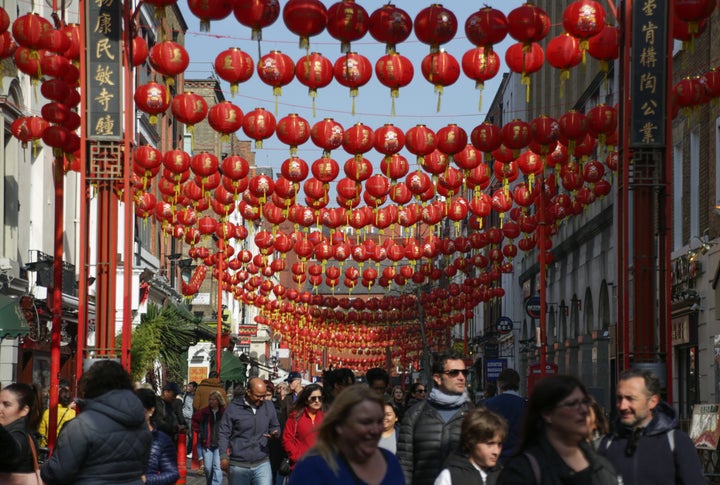The ‘C’ word.
No, not that one. It is the often forgotten one that is similar to the ‘P’ and the ‘N’ word; chink, chinky, slitty eyes, Ting Tong, gook – all things that I have been called in the past, and more recently simply referred to as a ‘half’ at a senior Labour Party meeting by someone who should definitely know better.
There are over a million Chinese and East Asians living in the UK. Yet even as a former parliamentary candidate and the first ethnic Chinese person on Labour’s NEC, it has been a struggle to get many excited or enthused about engaging politically with us – except at this time of year of course. Chinese New Year is the one time of year when you will see more than just a handful of East Asians in the mainstream media or on platforms with politicians. We get a couple of weeks in February and then back in the BAME box of invisibility too many of us go.

But today and over the next week we will rightly hear about how much the Chinese community offers to the UK and across the world in terms of business, culture and academia. So why not politics? In 2015 the Conservatives, Labour and Lib Dems all stood candidates from Chinese backgrounds and there was only one win for Alan Mak. While culturally I will celebrate this first, there is something particularly galling in the fact that my Party, with its proud history of fighting for equality failed to make it first. And I’d be lying if I didn’t say the lack of engagement and representation angers me.
This anger started as a slow burn, but has grown overtime and reached a tipping point when a study was released a few months ago showing that Chinese people in Britain report higher levels of racial harassment than any other ethnic group. 15% of Chinese people in the UK reported racial harassment, compared to 4-10% of other ethnic minority groups. It brought back childhood memories of being made slitty eyes at in class and threatened by another pupil with a knife because she didn’t like it when races mix and according to her I was a ‘half-breed’. Hearing that a Tory activist had referred to me as that ‘gook girl’ during a hustings. And the time on the doorstep being told that my eyes aren’t completely round, but that was ok because ‘the Chinese are hard-working and obedient’. That voter was half right – I am very hard working, but obedience is a stereotype I am never willing to conform to. It is one of many racial stereotypes, along with the notion that we are all quiet, submissive people, that should be challenged at every opportunity and in every way.

So when I heard that Hugh Gaffney MP used the word ‘chinky’ to describe Chinese food, my natural reaction was disappointment and I was torn. Torn between the anger at his use of such an offensive word but also disappointment that this new MP will now be painted as a racist, when from my experience of him, he would be mortified at causing any offence to anyone. Within 24 hours Hugh personally phoned to speak with both myself and the Chair of Chinese for Labour and gave no excuses, just a heartfelt apology and a genuine call for the opportunity to learn and make amends. Rest assured we will be taking him up on that offer and lessons will be learnt.
But I have heard nothing from the senior MP who referred to me as a ‘half’– the use of the slur wasn’t clumsy or accidental. He knew exactly what he was doing when he looked at me and said, ‘We have some 7 BAME members here now, or 6 and a half depending on how you’re choosing to define yourself today.’ Even when I pointed out how deeply offensive this is and that people from mixed race backgrounds experience a multitude of different forms of racism that have not yet been properly addressed, there was no apology and no offer to learn why what he had said was wrong. This perhaps also highlights why BAME Labour – although having achieved so much good – now needs updating and refreshing. These two recent examples show that there is still so much we have to do to empower and educate. The first step is to acknowledge there is a problem, but to really tackle racism against and under representation of Chinese and East Asians there has to be the strength to teach and the willingness to learn.
